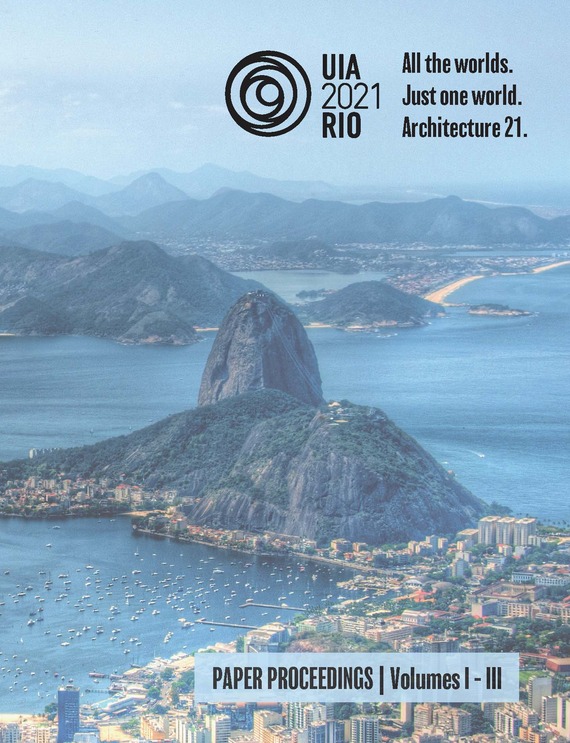Author(s): Mingbo Wu & Yishan Chen
Beijing, the capital of China, began to relocate non-capital functions from 2015. In order to control excessive urban growth, people from all walks of life inevitably participated in this new round of urban renewal movement in their daily life. This article conducts a diachronic observation taking Chuanbanhutong area as a typical example. By inspecting the hybrid urban form, the social isolation of people, and the conflict between governance and daily life, it is concluded that urban governance may inject new elements into the urban environment, conflicting implicitly with existing daily life. Isolation in space and society, on one hand acts as a buffer and preserves parts of daily life, on the other hand, it allows the urban form and urban spirit preserved at different times to coexist. Between different times, the preserved urban form heavily influences the spirit of the place where daily life exists through space and social discipline. Hybridity in Beijing is created by the superimposition of urban forms and spirit in different eras, and this hybridity is being reconstructed during relocating non-capital function, which is a process that has been repeated during every round of urban renewal.
Volume Editors
ISBN
978-1-944214-31-9

 Study Architecture
Study Architecture  ProPEL
ProPEL 
